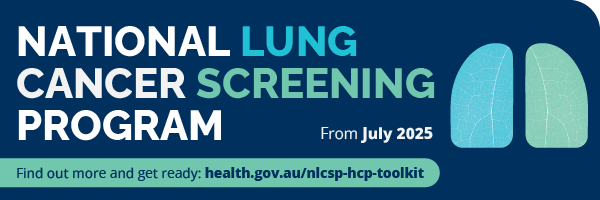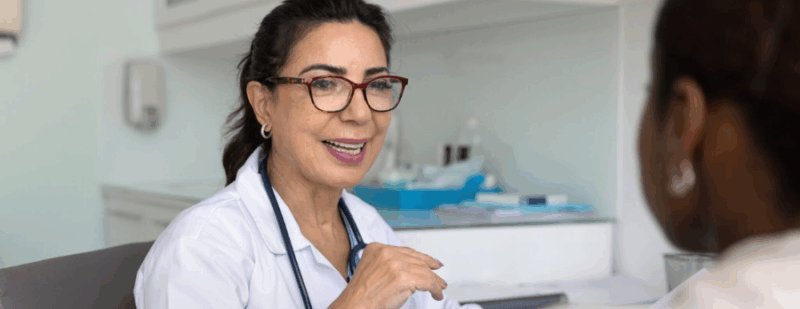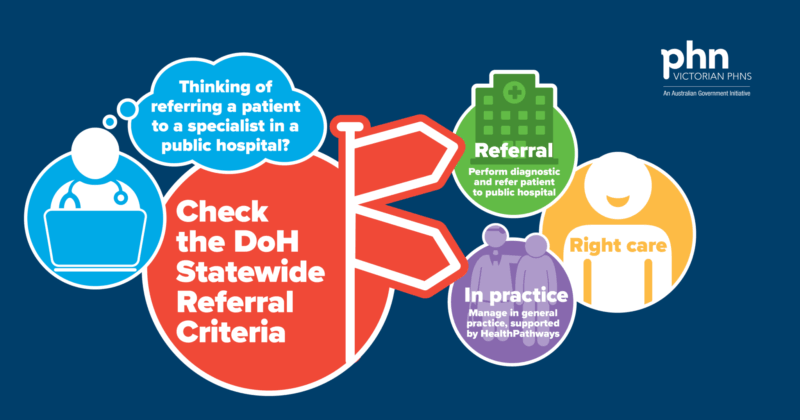
17 June 2025
From 1 July, eligible Australians aged 50-70 will be able to participate in the new National Lung Cancer Screening Program (NLCSP) and have a low-dose CT scan every two years to look for signs of lung cancer.
Lung cancer is Australia’s leading cause of cancer death. This program aims to improve health outcomes for Australians by increasing early detection of lung cancer and saving lives.
Led by the Australian Government, in partnership with the National Aboriginal Community Controlled Health Organisation, this program is designed to be equity-focused, culturally safe, and person-centered.
Lung cancer screening can detect up to 70% of lung cancers in the early stages and could help save hundreds of lives each year.
Healthcare providers and the health support workforce will play a critical role in the delivery and success of the program by increasing understanding of and participation in the program.
What you can do now to get ready
Healthcare providers and the health support workforce will play a central role in the National Lung Cancer Screening Program by assessing participant eligibility, referring eligible participants, and supporting participants through the screening and assessment pathway.
To support you to prepare for the program, new education and resources are now available for healthcare providers. You can access the resources on the Australian Department of Health Disability and Ageing website.
To make sure you feel ready to deliver the program, you should:
- Familiarise yourself with the Program Guidelines
- Complete the relevant online education
- Download or order program resources
- View the frequently asked questions from the health workforce
- Prepare your practice now by registering and integrating with the National Cancer Screening Register
- Read this Department of Health fact sheet for healthcare providers on how Victoria is supporting the implementation of the NLCSP, through lung nodule clinics established across the state
- View the new Victorian Department of Health webpage on Lung Cancer Screening and Lung Nodule Clinics
Find out more about the program and access information and resources for the health workforce at www.health.gov.au/nlcsp-hcp-toolkit.


